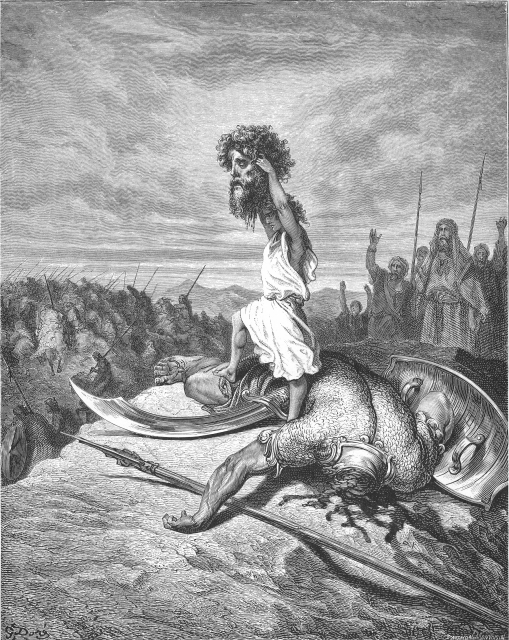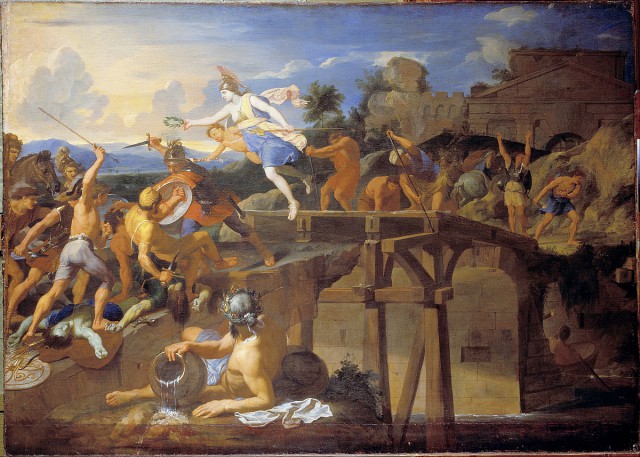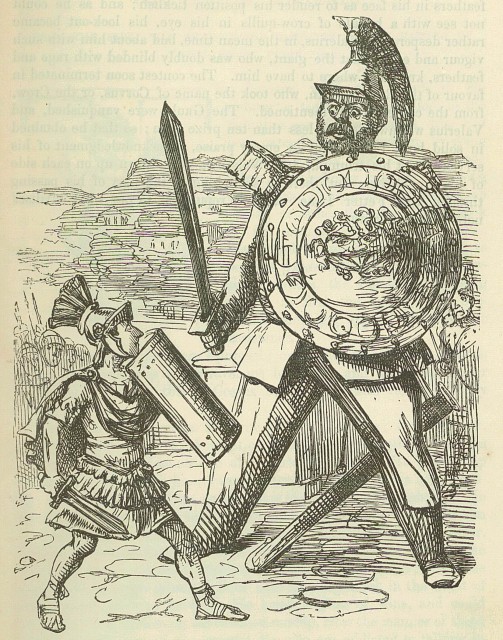
The ancient world had gladiatorial bouts, the medieval period had elaborate jousting tournaments, the Wild West had duels and even in the modern day we have boxing and mixed martial arts. It is clear that humanity has craved and gravitated towards the ultimate proving ground of one man versus another and this was still the case prior to and during ancient battles. Single combat that pitted two warriors against each other before a pivotal battle would give nervous soldiers something to distract them before battle and the winning champion would give a massive morale boost to his army by showing that the enemy’s best was no match for theirs.
The best example of this morale bosting pre-battle combat comes from the Roman conquest of Spain. A young Scipio Aemilianus, grandson of the famous Scipio Africanus, was a junior officer rising up the ranks in Spain. During a siege one of the Iberian warriors kept parading around the no man’s land and challenging the Romans to a fight. The morale of the Romans dropped when no one rose to the challenge until Scipio was able to get permission from his commander to take the challenger. The sources say the Iberian was a giant while Scipio was a much smaller man, but Scipio was able to prevail and dampen the spirit of the rest of the Iberians.

Another early republic example comes from wars against northern Italian Gauls. Marcus Valerius was a patrician in his twenties who accepted a pre-battle challenge from a “gigantic” Gaul. In this instance a crow was said to have landed on Valerius’ helmet during the battle and periodically attack the face of the Gaul during the duel and so Valerius was given “divine aide” and killed the Gaul. Contrary to many other single combats, both armies charged and a struggle for the body, as Livy summarizes the effects of single combat
“Gods and man alike took part in the battle, and it was fought out to a finish, unmistakably disastrous to the Gauls, so completely had each army anticipated a result corresponding to that of the single combat.” Valerius was given the cognomen Corvus (crow) after this victory and enjoyed a bolstered reputation for the rest of his career. The reality of this fight is perhaps a startled crow flying by distracted the Gaul or even that the Gaul had crow designs on his armor as such animal designs on ornate armor were not uncommon.
Just prior to the Punic Wars, notoriously aggressive general Marcus Marcellus was fighting yet another war against the Northern Italian Gauls. Marcellus had combat experience in the first Punic War and may have even won the civic crown for saving another’s life and killing their assailants on the battlefield.
Yet another Marcus (there wasn’t a lot of variety in first names in Rome), Marcus Licinius Crassus, grandson of the Crassus who was part of the first triumvirate, fought under Octavian just as Octavian was rising to power. Marcus, as a Consul, was sent to Thrace and quickly had to stop an invasion from a tough Bastarnae tribe.
Crassus as able to bait the bulk of the Bastarnae into an unorganized charge before launching a surprise attack out of a forest and routing them. During the battle Crassus, leading from the front, fought and killed the Bastarnae King Deldo in single combat. Crassus hoped to follow Marcellus’ example and dedicate the Kings armor to Jupiter to formally claim the honor of spolia opima and also hoped to achieve the very cool cognomen of Scythicus, the ethnicity of the defeated tribe. Unfortunately Octavian forbade these honors as he did not want anyone else’s power rivaling his own as he made his way to claiming the throne for himself.

By WIlliam McLaughlin for War History Online

Δεν υπάρχουν σχόλια:
Δημοσίευση σχολίου